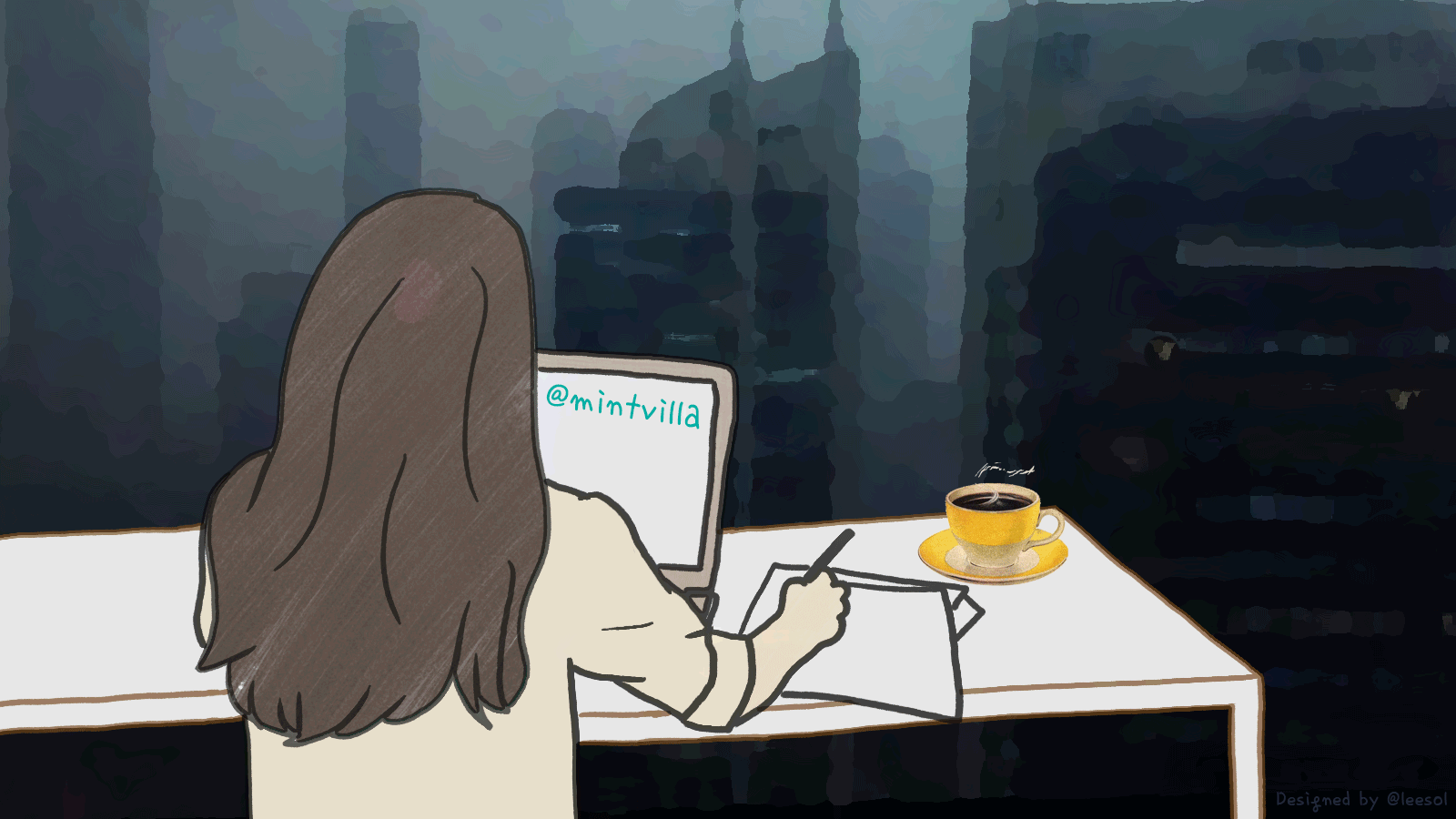
Illustration by @leesol
Whether you believe it or not, the global sea level has been rising these past decades and has caused more rainfall over land. The intensity of downpour has becoming extreme and weathering pattern has became sporadic regardless of seasons.
Climate change has impacted different regions in different ways but where I live, in East Coast, we definitely have been experiencing more precipitation each year. The problem with rainfall is not only about the weathering event itself but non-point source pollution exacerbates with more rainfall.
Rain carries things when it flows. Especially in an urban environment, stormwater carries all kinds of things with it. On an impervious surface of a city, water runs off at a much faster rate and will carry copious amount of pollutants and deposit them wherever it travels to. No matter how much you try to avoid it, you’re likely to get it all over you.
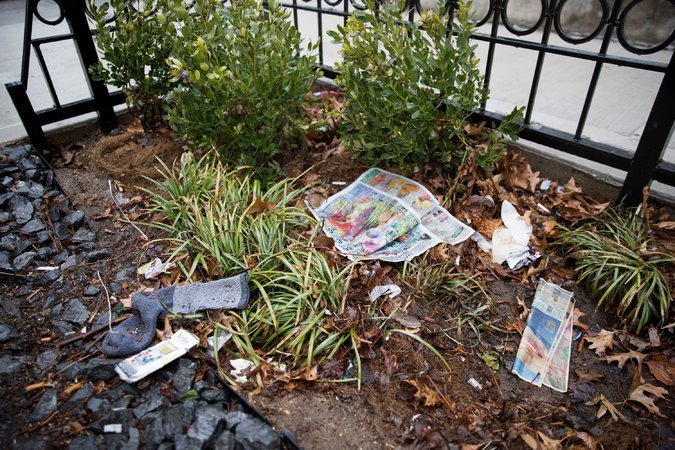
© Kevin Hagen via The New York Times

© Kristen Weiss via Blue Water Baltimore
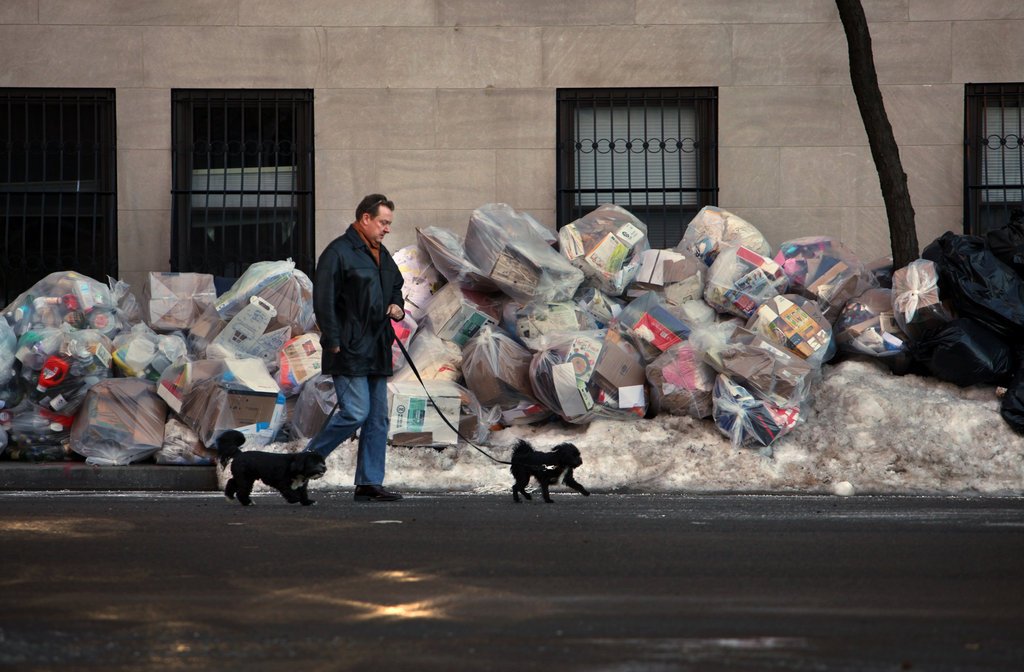
© Richard Perry via The New York Times
Forget about romantic rainfall/snowfall in the city, this is the reality...
There is nothing that you can do to to control precipitation and global shifts in weather events. Whatever you do is going to bring a slight change into the whole cycle but there is one thing that you can do immediately to change your environment: Plant trees and shrubs. The good old tree technique is even more impactful than the past. Trees ability to infiltrate - it is a simple attribute but what they can provide is tremendous. There are quantifiable metrics that you can start to measure a change that plants can bring.
The classic lesson of “save/plant more vegetations” in the US brings about many more benefits than just air quality. They actively change the daily environment around us and just might save us from the bit of grossness in New York’s streets.
Rain gardens really do the job.

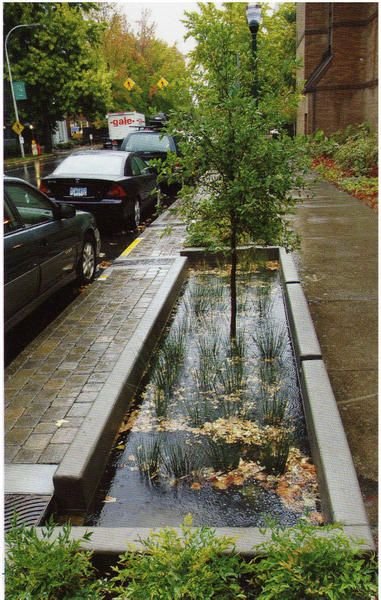
Trees can help, especially the ones like these:
Thornless Honeylocust (Gleditsia triacanthos form inermis)
They have high tolerance to both flooding and drought, pollution, salt, varied pH level and most urban stresses.
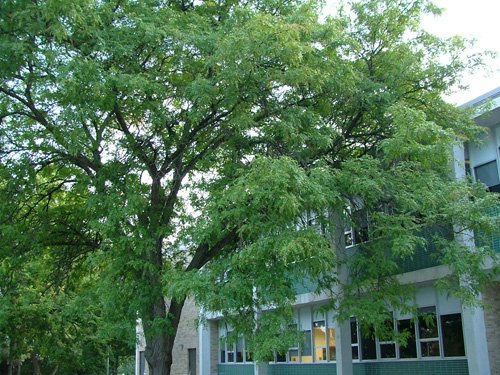
via tcpermacullture website

via tcpermacullture website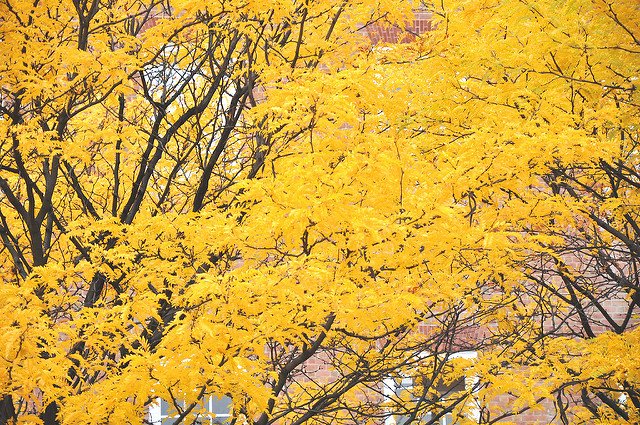
stunning fall foliage color © Sam Bahr via flckrAs you can see, the NYC government planted 63,000 + of them. Check out the environmental benefits:
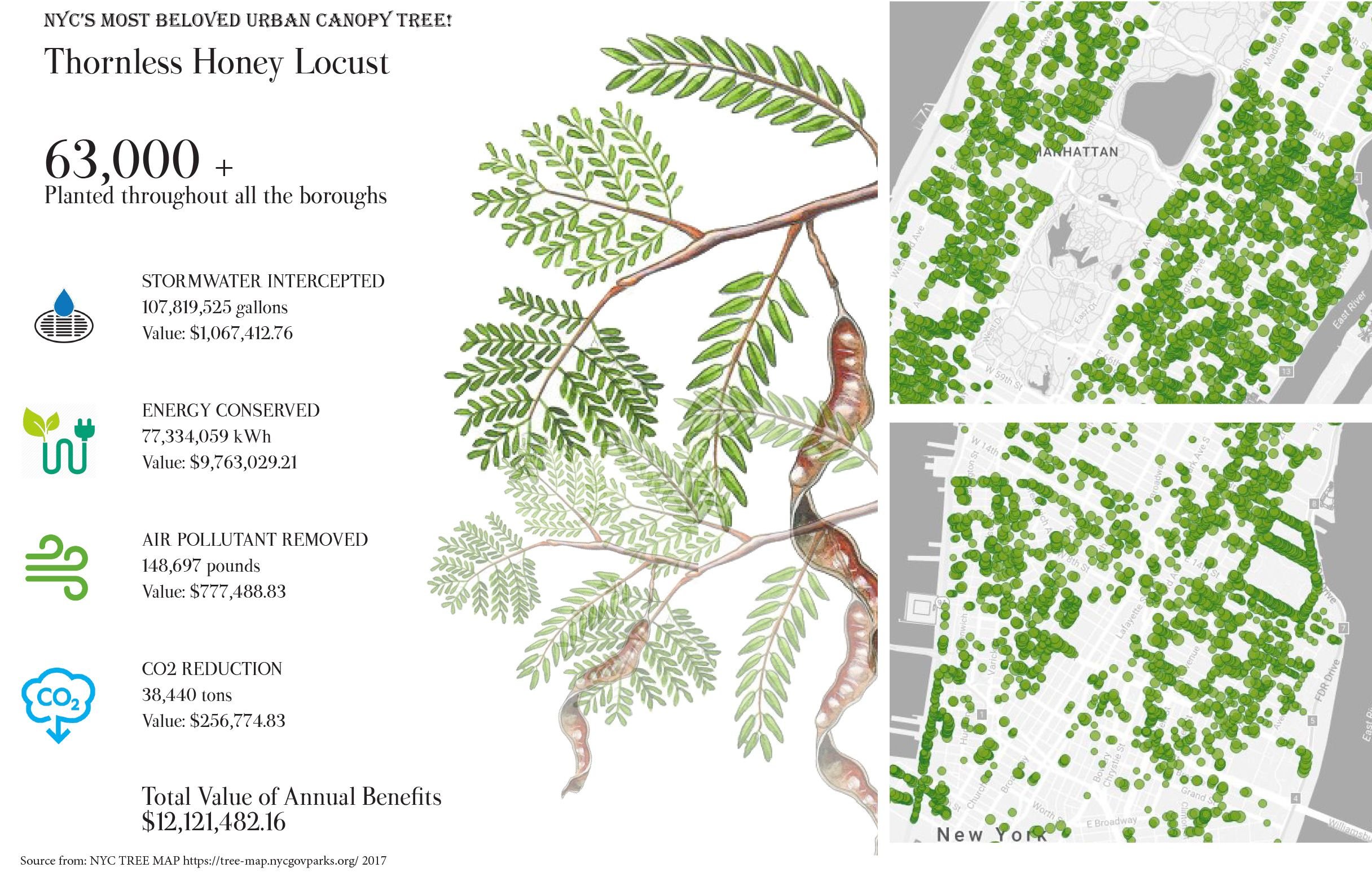
Bradford Pear / Callery Pear (Pyrus calleryana)
Another awesome tree that do not mind urban stresses. Callery pear bear gorgeous but smelly white flowers during the blooming season. It grows very fast - can be advantageous but can be dangerous (invasive) in warmer regions.

Pinterest via Joy Fussell
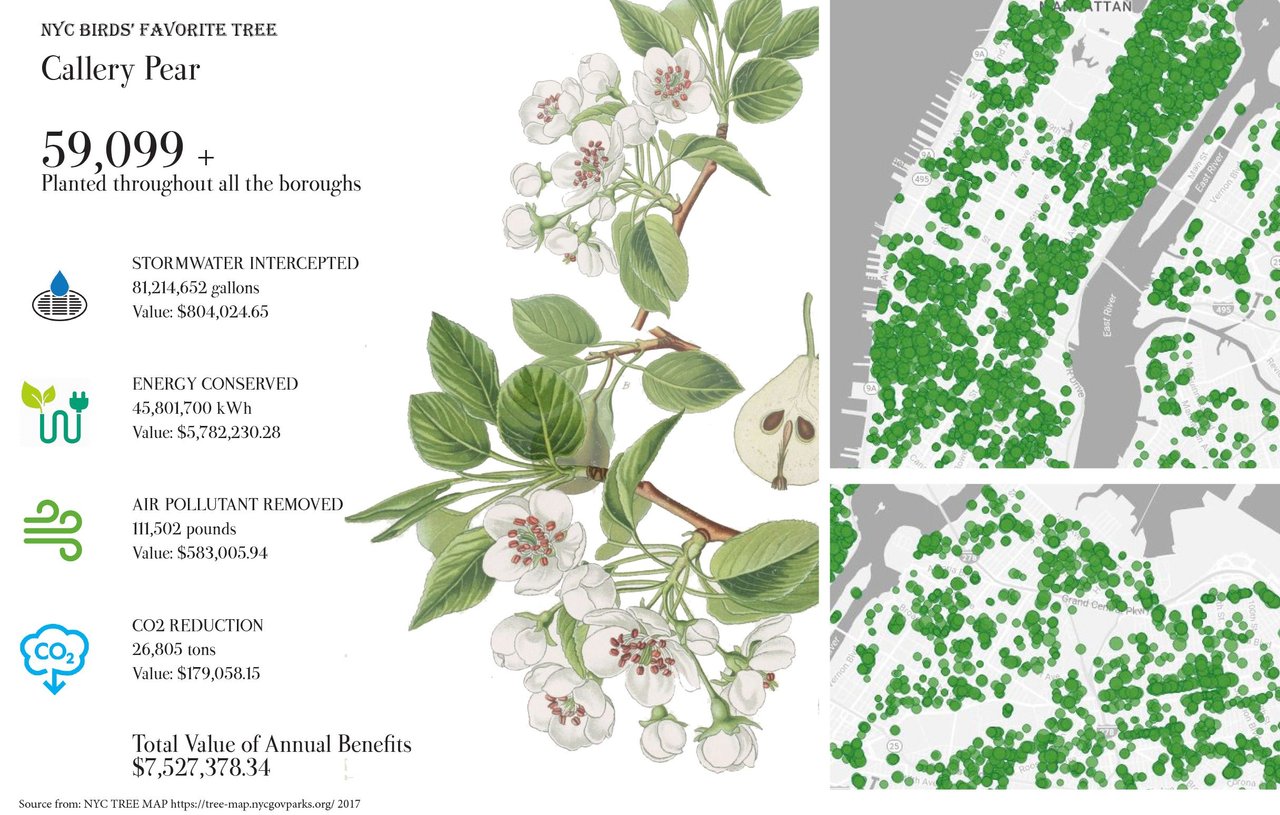
@Mintvilla, an ever-learning landscape architect

